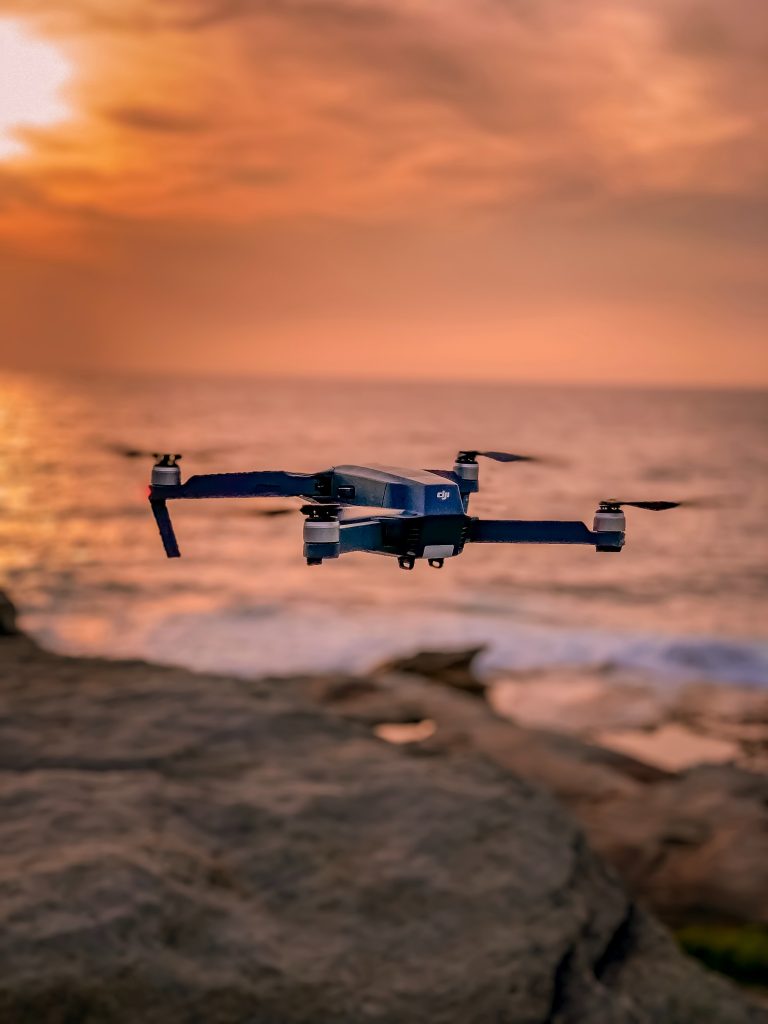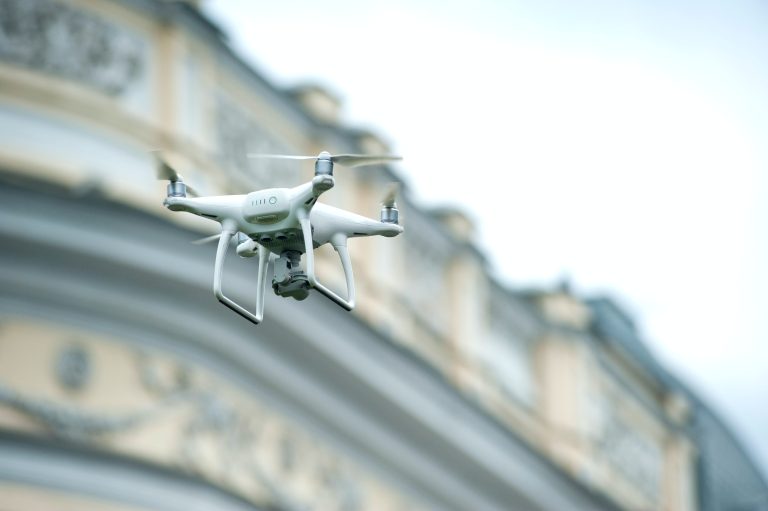By Valentino Danchev
Do you remember the first time you watched Star Wars as a kid and being amazed at the spectacle of droids rolling and hovering around? There was a droid for literally anything you could think of – housekeeping, child care, mechanical repairs, medical assistance, and surveillance are just a few of their countless applications.
The thought of a future like that felt unattainable at the time but, in the blink of an eye, it’s finally upon us and we don’t even realize it. We are now living in the age of robots.
Robots have been used for decades in the military in the form of drones, providing services ranging from intelligence, surveillance, reconnaissance, and air strikes. With technological advancements, they are now even integrated with artificial intelligence (AI) programs, allowing them to make split decisions in combat and ultimately protecting a human from potentially deadly scenarios.
But, like a frog in boiling water, they have steadily assimilated into our daily lives. As the technology becomes more readily available, robots and drones are no longer limited to military use. Both businesses and consumers now have access to the technology and, while it sounds like a scary Terminator situation, we are just beginning to unlock the potential of robots and are already reaping the benefits.
We have liftoff
From a freshly vacuumed home, to a stress-free commute, to a rapidly delivered take out order, robots are quickly earning their keep in our daily lives. But many of the robots that we’ve adopted are on wheels, limiting their overall capabilities.
As the technology has become more accessible, the robots we’ve grown accustomed to have begun sprouting wings and we are all benefiting from it.
In 2016, Domino’s Pizza dropped off the first drone-delivered pizza at a customer’s door in New Zealand by way of an autonomously piloted drone and, in 2019, Amazon announced its plans to launch Prime Air, an autonomous drone delivery service guided by GPS systems. These are just a couple of early adoptions of autonomous drone technology and, with such recognizable names leading the way, more companies are sure to follow closely due to the boundless applications and benefits.
E-commerce continues to take over the retail industry, making it increasingly important for businesses to consider expenses that weren’t as much of an issue before, such as shipping costs. And businesses are realizing that drones could be the solution. According to Gartner, shipments of drones for retail fulfillment worldwide are projected to increase nearly tenfold from 2019 to 2023, from 13 thousand to 122 thousand.
Drones would provide relief for businesses immediately and, for consumers, lead to reduced costs, quicker and more reliable deliveries, and encourage repeat purchases. To further revenue, businesses could also consider using drones for advertising and marketing.
Beyond business uses, drones are also being developed for consumer use. Many companies, including the popular home security provider Ring, are beginning to offer home security drones. Unfortunately, many people around us have very real safety concerns in their lives and this added layer of security could help provide incredible peace of mind.
The thought of a camera following you 24/7 would unsurprisingly be rejected by the majority but this could be remedied with improved security and privacy laws and regulations.
The sky’s the limit

It’s great that so many people are benefiting from drone technology, but can drones do more for society than enhance leisure? And what about the most vulnerable within our population?
Thankfully, there is more good in our society than we’re often led to believe and drones are already being utilized for the good of humanity.
In healthcare, drones have been revolutionizing emergency response by delivering essential supplies and care in emergency situations. The first few minutes can be vital during an emergency and, while a medical teams’ response time may be hindered by conditions beyond their control, an ambulance drone can reach people faster to provide rapid-response care.
Drones are also being used for search and rescue. Able to cover large areas faster and more efficiently than a ground crew, search and rescue drones can be deployed to find a missing hiker, lost boater, or respond to a natural disaster site. These drones are also equipped with thermal imaging cameras to locate subjects and check their status.
Other practical, real life applications for drones may include disaster management, delivering food and supplies to disaster sites, extinguishing fires, delivering medication to those who are unable to get out, and monitoring endangered wildlife.
As scary as the thought of drones may be, we have barely touched the clouds and still have an entire galaxy’s worth of potential to unlock. We likely won’t see a Star Wars-like society, or a Skynet situation for that matter, but as long as the good of society leads the way, we will continue to reap the benefits of our scientific achievements.
Read more about Danchev’s thoughts on drones in his book, My Gift to the World.
About the author

Valentino Danchev is a successful businessman in the resort industry, CEO of Fidelis Marketing Group, founder of The Chilpayate Foundation, a non-profit organization aiding children and their communities, and author of “MY GIFT TO THE WORLD 24 Inventions & Ideas to Eradicate Poverty, Disease, Death & Energy Crisis.”
Related Articles

The New Frugality: How Inflation and Tariffs Are Reshaping Consumer Spending
One of the most telling shifts is how shoppers approach decision-making. Where convenience once dominated, consciousness now plays a larger role. People are researching more before making a purchase, comparing prices across multiple platforms, and questioning whether they really need the product in the first place.

Embracing new concepts vs the return to brick-and-mortar
Balancing the return to physical retail and the development of new technologies to enhance customer experience and drive operational efficiency for long-term success.
Enartis to Acquire Parsec in Winemaking and Retail Deal
The deal will bring Enartis and Parsec together to help wineries manage every part of production more easily and efficiently, from grape to bottle.

A Practical Guide to Retail AI Use Policies for Retailers and HQ Teams
AI can bring new opportunities for retailers, but this innovation must come with responsibility.


 for the latest news and job opportunities in retail tech
for the latest news and job opportunities in retail tech 